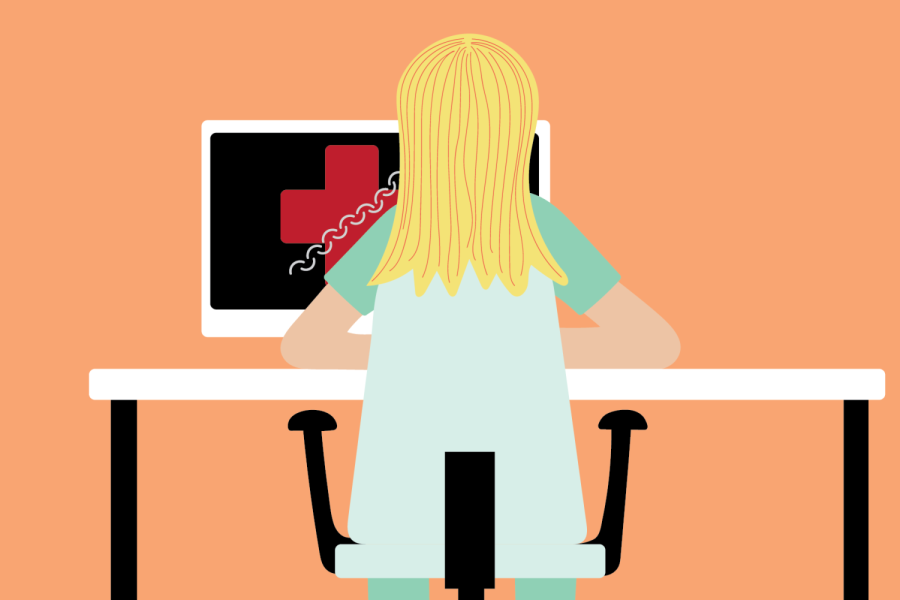Data Privacy Week concluded on Saturday amid a rise in ransomware attacks in the health care industry.
Hannah Neprash, a University of Minnesota researcher and assistant professor at the School of Public Health, published data in late December on a documentation device that tracks the frequency of cyber attacks in the health care industry.
The Tracking Healthcare Ransomware Events and Traits (THREAT) database is used to categorize ransomware attacks, which the Cybersecurity and Infrastructure Security Agency defines as a type of malware created to convert data into a code to prevent access followed by hackers demanding money to release the data.
Neprash said she describes the database as a documentation device that records the time and date of each attack. Since attacks have increased by 44% from 2016 to 2021, it also takes into account the degree to which patient information was exposed, how many facilities were affected and if law enforcement was involved within the timeframe, she said.
Neprash said in the THREAT database research, the effect of ransomware on overall patient care was a core concern.
“There were instances where hospitals may have had to divert ambulances because they were receiving a bunch of cyber attacks,” Neprash said. “In any other industry, this is inconvenient and costly, but in health care, it means that places can’t care for their patients, potentially leading to higher mortality rates.”
Neprash said the majority of the data used to create the database was from public sources, local news or press releases, although there was also source information gathered off the “dark web.”
Fairview Health Services conducts employee training and security control at all of its facilities to ensure cybersecurity, such as highlighting the importance of managing login information, said Vice President and Chief Information Security Officer Jim Brady.
“It’s important that users don’t share their passwords with others, and that they only access systems and information that they have a need to access,” Brady said. “We have multiple security controls and technologies to help stop ransomware and keep it from entering into the corporate network.”
Security Analyst with the University of Minnesota Foundation Marcia Cole said ransomware attacks on health care facilities are economically straining because they can cost up to millions of dollars depending on the facility type.
“From the technology standpoint, IT departments have to take the time to do testing on software systems, ensuring that information is not stored locally,” Cole said. “As a health care organization or clinic, you probably want to test quarterly.”
Cole said another threat that is important to consider is the impact of hacking and ransomware on medical and infusion devices in health care facilities, such as the devices running a chemotherapy delivery clinic.
Brady said there is an increase in demand to hire those in the cybersecurity field, such as cybersecurity analysts and engineers, due to the increasing risk factors organizations are dealing with.
“The skill set that’s needed the most is found with experienced cybersecurity analysts and engineers,” Brady said. “But many companies are developing pipelines to bring emerging professionals and those graduating from college into the workplace.”
Cole said at the College of Science and Engineering’s Technological Leadership Institute, members conduct international awareness programs to get people involved and educated in cyber security issues. All members participate in a staged office filled with informational security violations, which mimics an escape room, with the goal of finding issues or scenes that could result in hacking.
“I really don’t think that patients are the ones that need to take action here. I think there’s some kind of basic minimum actions that everybody should be taking,” Neprash said.“If I could see this database changing something, it would be the cybersecurity aspect of hospitals.”




















